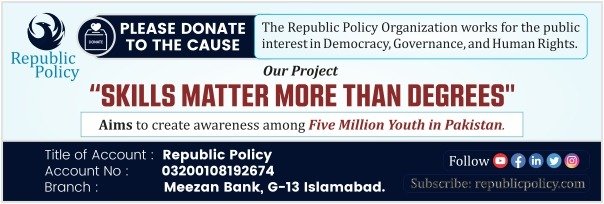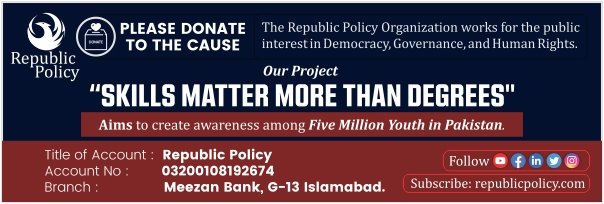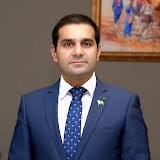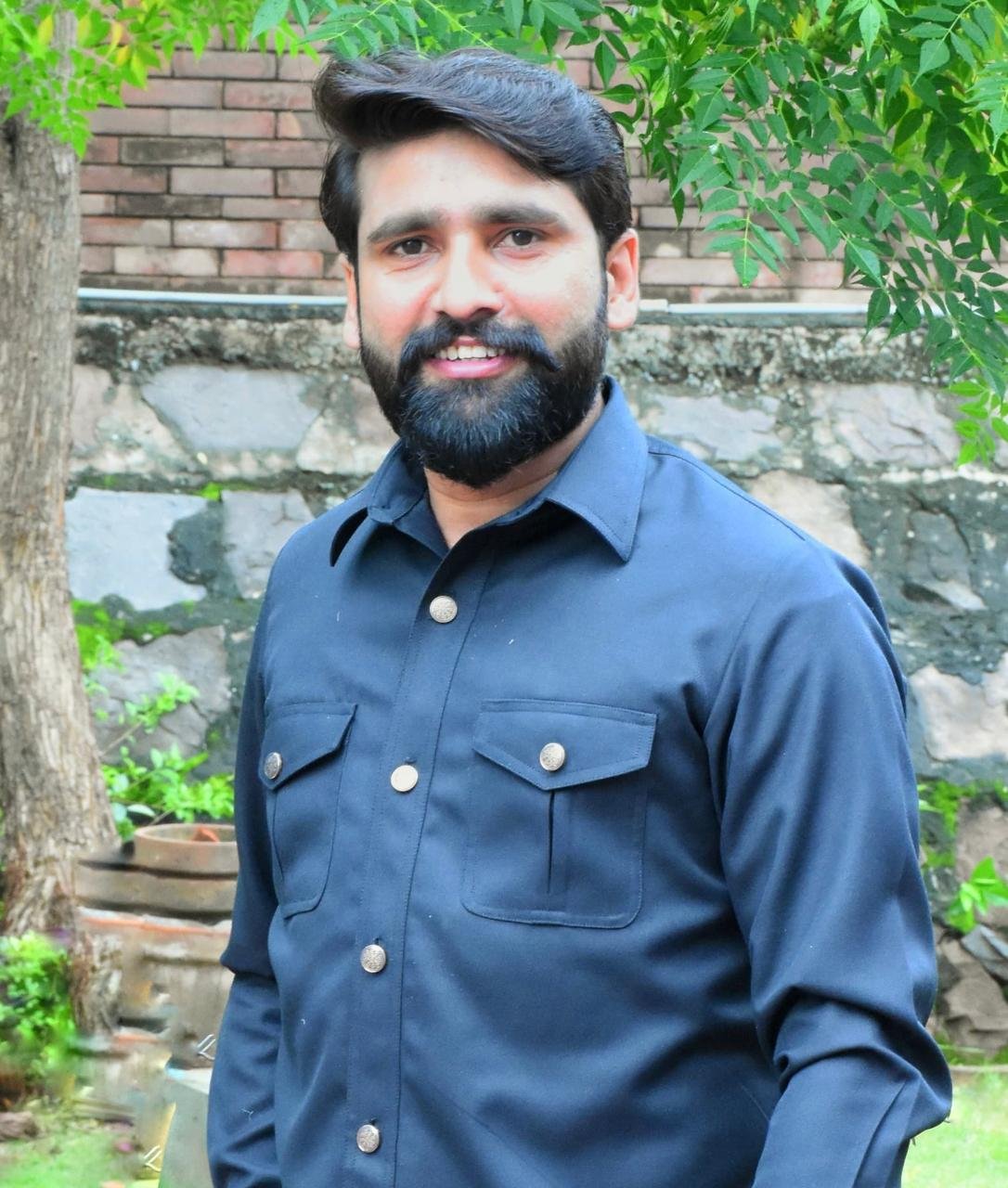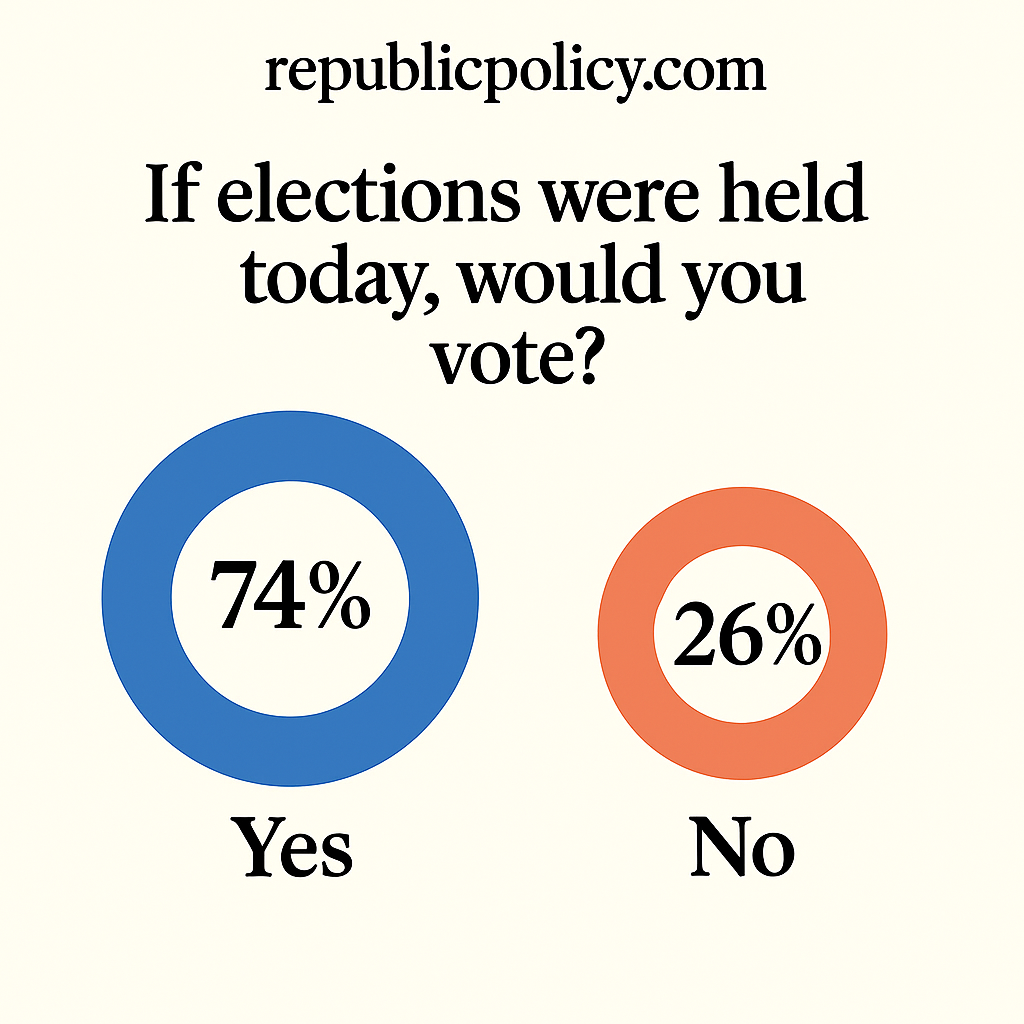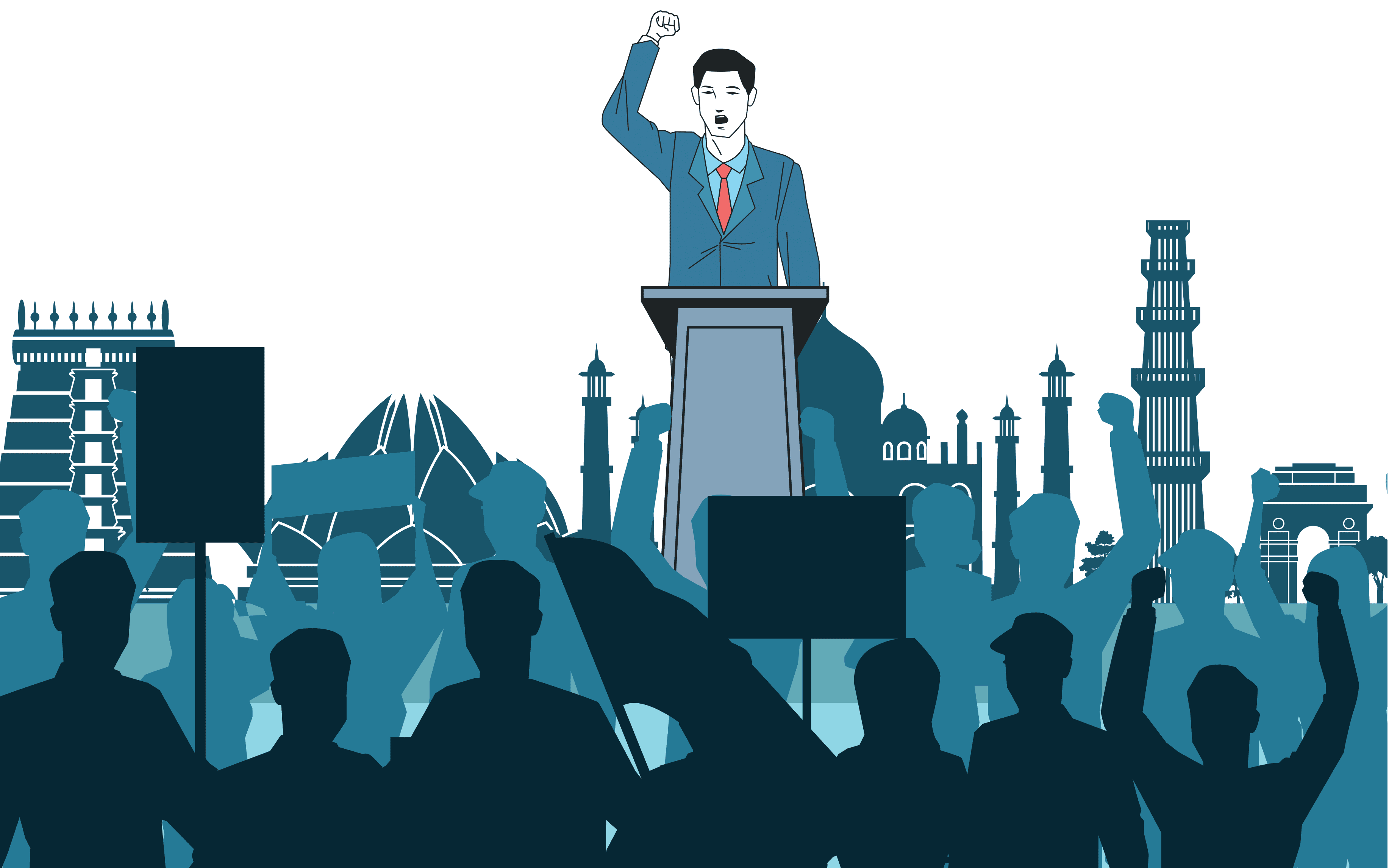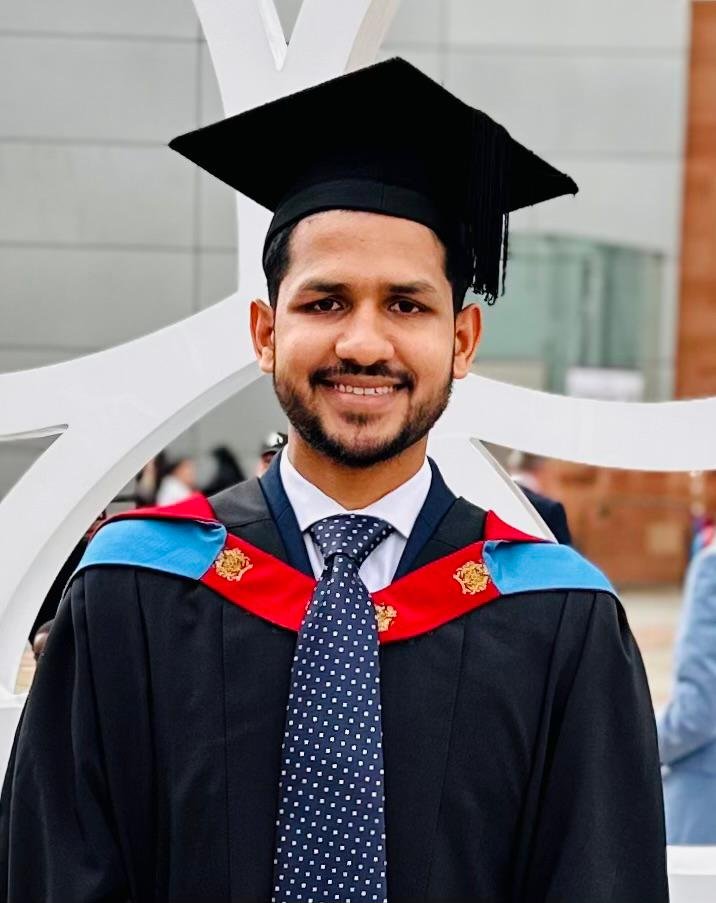Pakistan’s cities face a major traffic problem, a challenge that plagues residents of major cities across the country. The root causes of this congestion are multi-faceted, stemming from a combination of lack of infrastructure, poor traffic management and behavioral factors. Addressing this problem requires a multi-pronged approach that includes both short-term measures and long-term strategies.
Main causes of traffic jam:
Rapid urban population growth: Pakistan has witnessed rapid urban population growth, with cities expanding at an unprecedented rate. This influx of population has outpaced infrastructure development, causing congestion on roads and straining the transport system.
Inadequate Infrastructure: The existing road network in densely populated areas is inadequate to handle the volume of traffic. Narrow roads, inadequate lanes, and lack of proper signage lead to congestion and accidents.
Poor Traffic Management: Inefficient traffic management practices further exacerbate the problem. Inconsistent traffic signal timings, lack of dedicated lanes for public transport, and absence of enforcement personnel all lead to chaos on the roads.
Behavioral factors: Ignorance of traffic rules and regulations among drivers, including reckless driving, lane swerving, and failure to obey signals, compound the problem.
Vehicular traffic: The increasing number of vehicles on the roads, especially private cars and motorbikes, is putting a lot of pressure on the transport system.
Lack of public transport: An inadequate and unreliable public transport system forces many people to rely on private vehicles, further adding to congestion.
Recommendations for solving traffic congestion:
Infrastructure Development: Expanding and improving the road network is essential to accommodate the increasing traffic volume. This includes widening of roads, construction of flyovers and underpasses and dedicated lanes for public transport.
Enhancing Traffic Management: Effective traffic management practices must be implemented. This includes synchronizing traffic signals, strictly enforcing traffic rules, and deputing traffic officials to manage critical intersections.
Promoting Public Transport: Increasing the efficiency and attractiveness of public transport will encourage more people to use it, reducing reliance on private vehicles. This includes investing in modern buses, expanding routes and improving punctuality.
Vehicle management: Implementing measures to control the number of vehicles on the road, such as pricing and vehicle registration restrictions, can help reduce congestion.
Behavior Change Campaigns: Public awareness campaigns promoting road safety and encouraging responsible driving habits can play an important role in reducing accidents and improving traffic flow.
Don’t forget to Subscribe our Youtube Channel & Press Bell Icon.
Technology integration: Using better transportation systems can improve traffic management, provide real-time traffic data and enable dynamic signal adjustments.
Urban planning: Incorporating traffic management considerations into urban planning can help prevent congestion in the long run. This includes developing mixed-use neighborhoods, promoting pedestrian-friendly spaces, and encouraging non-motorized transportation.
Strict enforcement: Ensuring strict enforcement of traffic rules and regulations is essential to deter violators and promote a culture of responsible driving.
Inter-departmental coordination: Effective collaboration between various stakeholders including traffic police, municipal authorities, and urban planning departments is critical to implementing and maintaining traffic management strategies.
Community Engagement: Involving local communities in traffic management initiatives can promote ownership and encourage compliance with traffic regulations.
Pakistan needs a comprehensive approach to tackle traffic problems that can address both the infrastructural and behavioral aspects of the problem. By implementing a combination of short-term measures and long-term strategies, Pakistan can transform its cities into more efficient and livable places.


